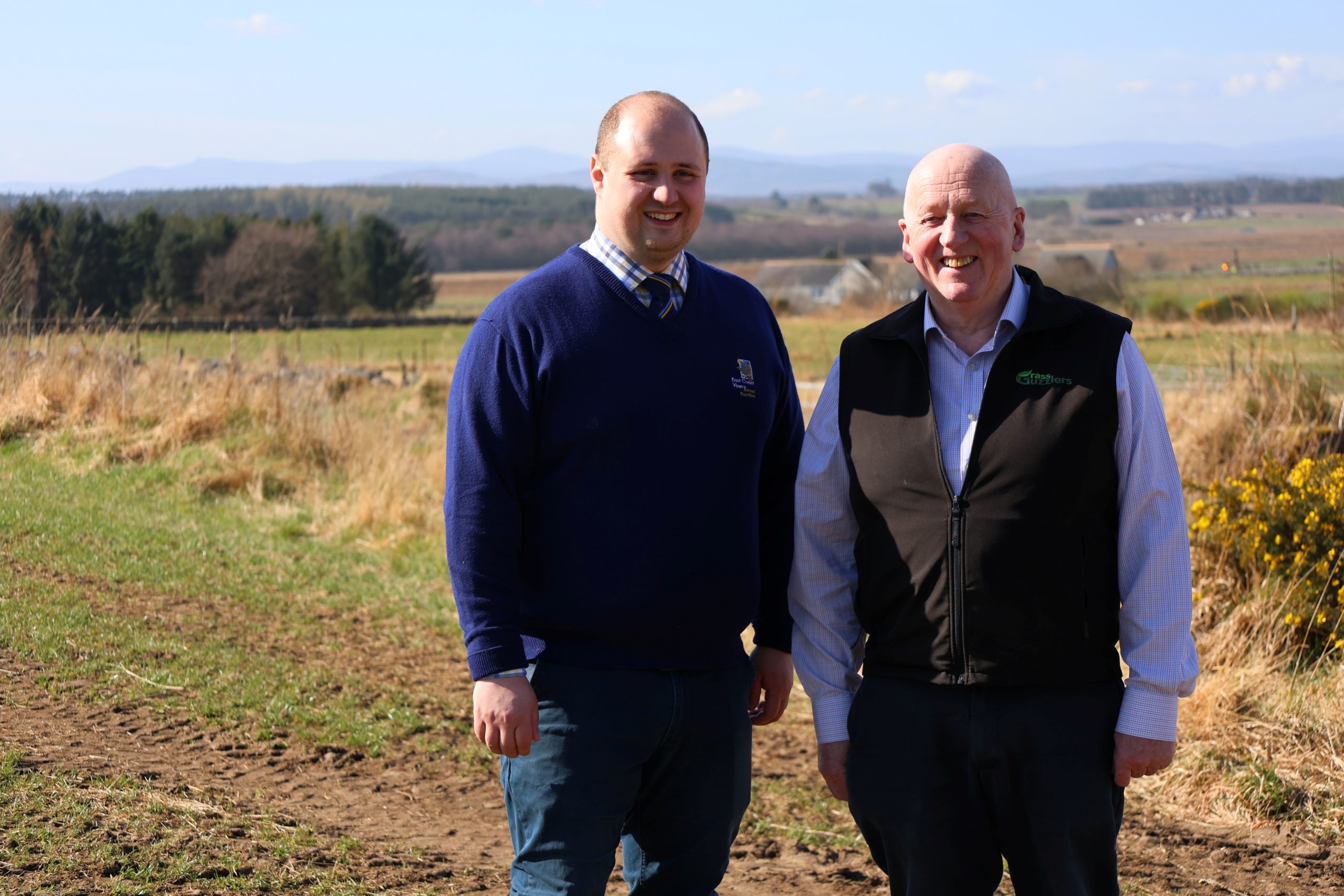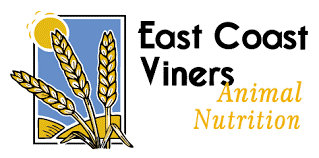Aberdeenshire farmer, Jimmy Dick, has been celebrating after recently winning the overall title for Hoof and Hook at the Royal Northern Agricultural Society Spring Showwith one of his Limousin cross heifers.
Jimmy, who farms with his wife and family at Northton Farm, Cullerlie near Echt, has a herd of 30 suckler cows. He rears calves to sell as yearlings, mostly through Thainstone Mart. Alongside the cattle, the family grows cereals and run a thriving grounds maintenance contracting business, Grass Guzzlers.
When they first came to Echt in 1988, Jimmy and his wife Gwen started with sheep and cattle before setting up their company. Grass Guzzlers maintains grounds for factored developments and commercial premises, as a diversification for the 90-acre tenancy they had taken on at Northton.
Over the years the farm has expanded, the Dicks having bought more land locally to grow cereals and grass for silage production. All these enterprises Jimmy runs with Gwen, his two sons and one of his two daughters, the other working as an accountant off-farm.
This was the first time the Dicks had entered the “on the hoof” and “on the hook” categories at the Spring Show and they were delighted with the result.
Jimmy says the right nutrition is an important factor in getting the weight and carcass quality for his cattle, a mix of Limousin and Simmental crosses, and eldest son John works on this with Ruminant Nutritionist, Steven Eddie of East Coast Viners Animal Nutrition.
“Our aim with nutrition is to put a good bloom on them,” says Jimmy. “We normally sell cattle at a year old so we’re aiming to get a healthy weight on them at 12 months. Being a farmer, cost does come into it and Steven has been great at helping make the most of what we have on the farm, and to help us transition from straight calf nuts to adding our own barley to the mix this last winter.
“The cattle have done really well over the winter months and are looking great, averaging 1kg/day daily liveweight gain. We sold some store cattle at the end of February, and weights were very good, and they were up on last year – brilliant! Though we’d always picked out our winning heifer at RNAS as a good one, there’s no doubt she did well on the ration we used this year.”
On Steven’s advice, Jimmy introduced the Second Stage to the calves in creep feeders during the late summer while they were at grass with their mothers.
“I got an idea from Jimmy about what he was trying to achieve and how we could do that with the right formulations. We talked through a few different products, a few different specs and settled on the Second Stage Calf Nuts. The Nuts are 17% protein, high energy and very palatable, so great for bringing calves on. This last year, there was some surplus barley on farm, we then looked at how we could incorporate this into Jimmy’s rations through the winter.”
After harvest, the surplus barley left over on farm was treated with Home N Dry. This product treats the grain for storage whilst also increasing the protein content and making the grain alkaline which makes it safer to feed. Through the winter, Jimmy feeds his cattle a mix of homegrown silage, treated barley and Second Stage Calf Nuts. This mix provides the cattle with all the nutrients they need to meet their requirements and ensure they are meeting their full potential.
With beef prices at an all-time high this year, Steven is recommending to all beef farmers that they use a creep feed for the best returns:
“Calves are most economically productive pre-weaning than at any other stage of their life. Their feed conversion ratio (FCR) can be as good as 4:1, meaning that for 1kg of creep feed fed could achieve as much as 250g of daily live weight gain. By creep feeding at an early age, you make use of the FCR when it’s at its most efficient. It not only provides calves with all their nutritional requirements for healthy growth but it boosts your margins. Prices are really good this year and getting the nutrition right will pay dividends.”
East Coast Viners, which has its feed mill at Drumlithie near Stonehaven, sources its cereals from farms within a 30-mile radius. These are dried in a cutting-edge Tornum grain dryer and stored on site ready for use in feed production. Cereals are mixed with other ingredients and minerals to produce high quality blended and compound feeds available for delivery to livestock farmers across Scotland.
The six-strong Livestock Nutrition team at ECV all have farming backgrounds so understand the wider industry and how costs, performance and profit all fit together.
Steven says that with a bigger drive for efficiency on farm, creep feeding calves can have a range of other benefits.
“Increasing their dry matter intake through access to concentrates, as well as the starch present in these feeds, helps to stimulate good rumen development. This allows calves the best opportunity to reach their genetic potential and can improve weaning weights by an average of 35kg per head, as well as reduce stress during this period. This reduction in stress will minimise growth checks along with pneumonia risk when being housed.
“Feeding a high-quality creep allows for maximum frame growth, delivers increased weight gain over a shorter period and provides calves with a better bloom at the time of selling. Supplementing calves can also have benefits for the cow. Access to creep will help reduce the pressure of providing for her calf in late lactation, allowing her to recover condition and ensuring optimum fertility for going back to the bull. These benefits can aid profit margins and calf creep can provide one of the best returns on investment.”
When choosing a creep look closely at feed labels as the quality of the ingredients follow through to the quality of the livestock, he advises:
“Not all calf feeds are made equal so it’s important not to be guided by price alone as the best value is seeing stock performing well on good nutrition. Scrutinise the feed labels for quality raw materials and mineral content and looking out for high-quality protein and energy sources listed higher on the label.”

